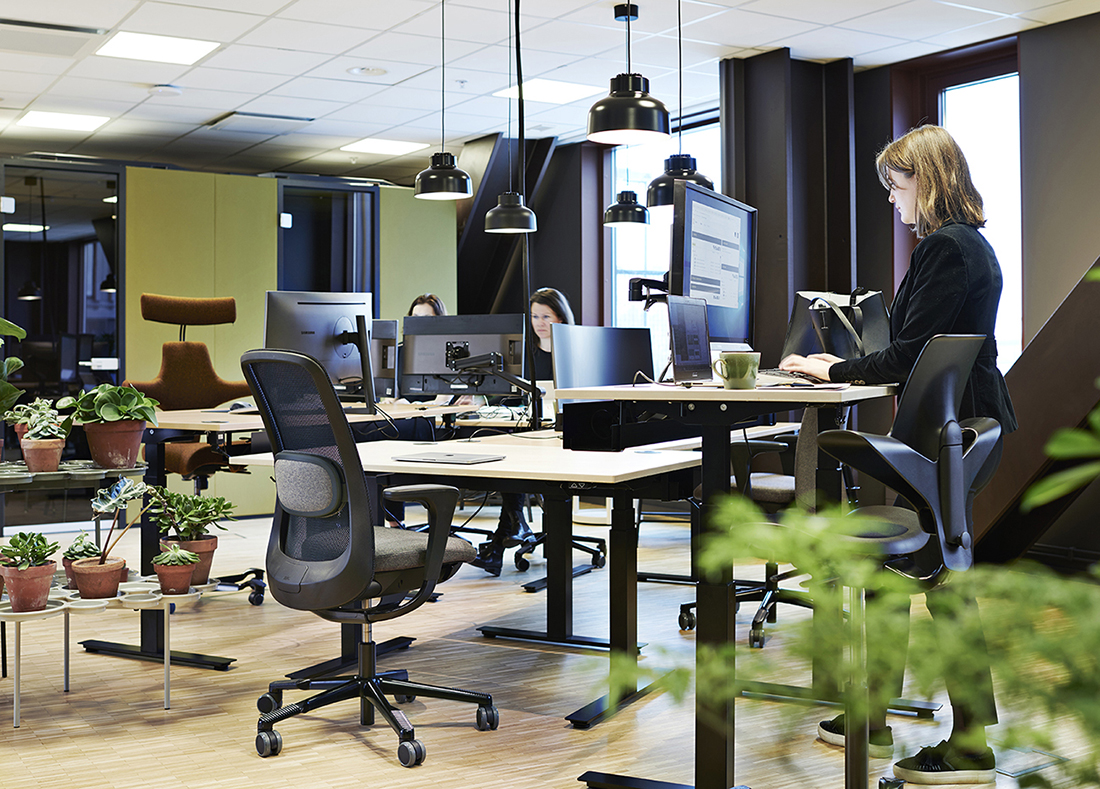
Why the office still needs to be a place to work
The benefits of having a comfortable, quiet place to work at home mean that people are increasingly finding it harder to concentrate when working in the office. How can businesses re-think their office workspaces to provide better environments for focusing?
- RH
- Advice & Guidance
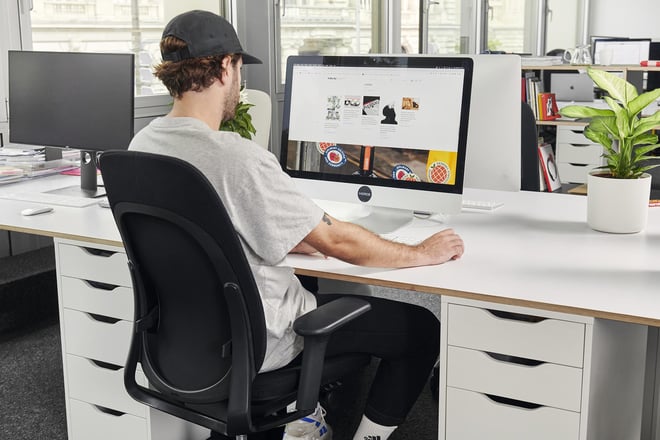
The main role of the office is traditionally viewed as threefold – to improve productivity, foster creativity and shape a company’s culture. In the years leading up to the pandemic, many workplaces were centred around productivity, with less emphasis on creativity and culture. Over the last few years this deficiency has been recognised, and with many workers convinced they can just work from home, businesses have attempted to redress the balance.
At first, experts predicted that the office would transform into an experience-based environment for communication and collaboration rather than ‘heads down’ work, but it has become clear that this is not the case. The office will always need to be a place for individual focused work. Instead, the experiences of the last five years mean that businesses will have to adapt their workspaces to better suit their employees' needs.
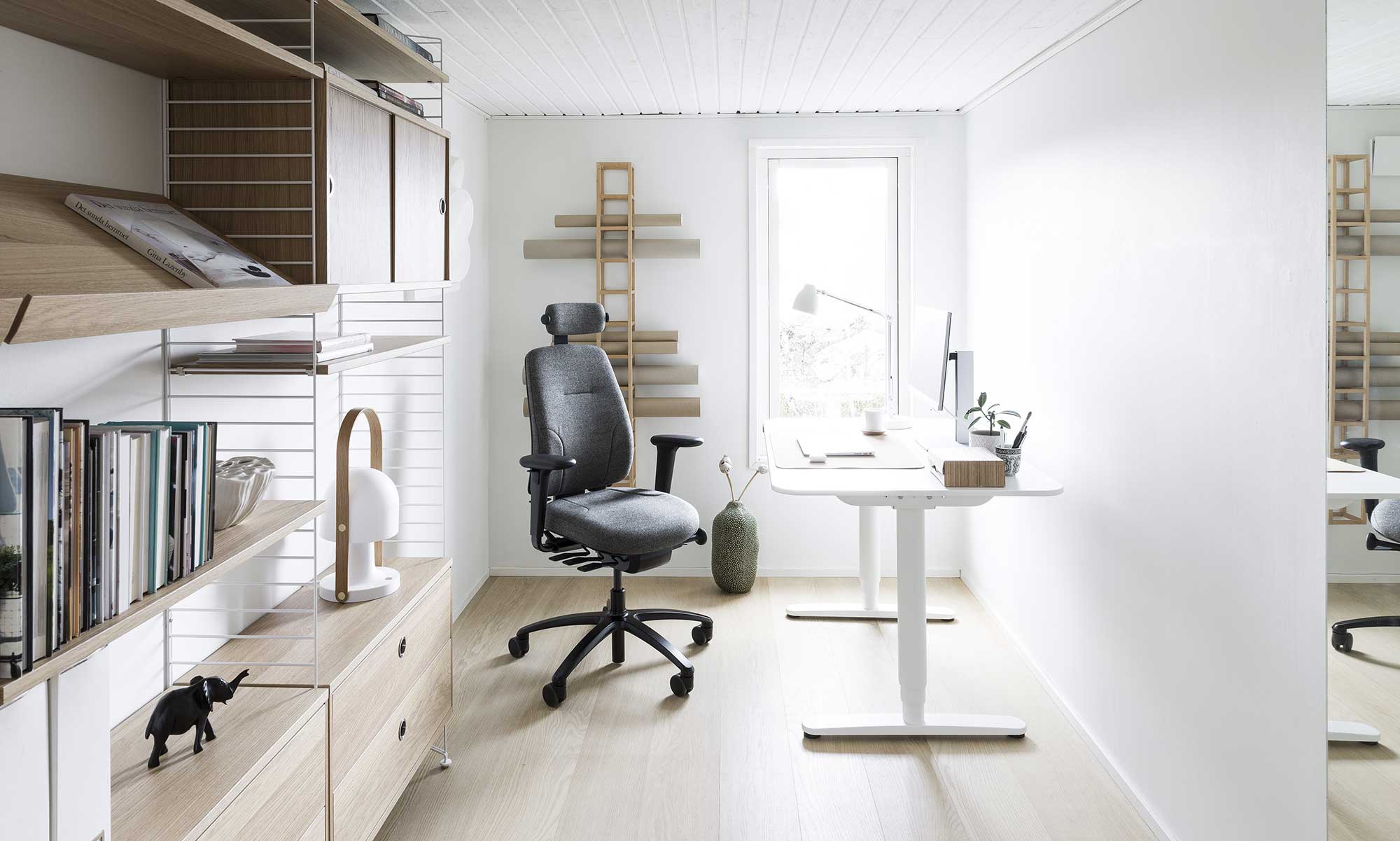
With the right environment, working remotely can be great for productivity, well-being, and work-life balance, but according to one survey, only 50% have access to a dedicated home office. | Featured: RH Logic 200 with Melange Nap 171 by Kvadrat
Why remote isn’t always the answer
Completely placing focused work in remote environments is an alluring idea. Employees are afforded a better work-life balance, more autonomy, reduced commute times, and often a more peaceful work environment. Employers see improved employee retention, productivity gain, and access to a wider talent pool, among other benefits. These benefits are not insignificant, and some remote work can definitely be positive, but not providing a physical space in the office for these activities creates several issues.
Firstly, either through lack of space, lack of equipment, or lack of privacy, many people may find it hard to be productive whilst at home. The office should act as a great leveler, providing equal access to quality work environments.
Secondly, for many people focused work is the predominant work mode and spending all day at home can be terribly lonely. A pre-pandemic study found that full-time remote work increases feelings of loneliness by 67% when compared to in-office full-time, whilst more recent studies show that this loneliness can lead to heightened levels of stress and anxiety, especially among younger workers.
Thirdly, from a more practical viewpoint, it’s not so simple to chop up your working week or day into focus and non-focus work. For example, deciding to work remotely on focus work for three days a week, then devoting two days to collaborative and social tasks based in the office sounds like a great plan, but this may not be achievable. Who knows what little periods of focus are required whilst in the office, and without suitable environments, this can cause problems.
![RSHP_K[Newspaper]-(1)_resize](https://focus.flokk.com/hubfs/Blogs/2023/Office%20Focus%20Workspaces/RSHP_K%5BNewspaper%5D-(1)_resize.jpg)
The challenges of traditional workspace design
The collective experience of working from home has transformed the way people work. The benefits of having a comfortable, quiet place to work at home, means that people are increasingly finding it harder to concentrate and focus in open-plan workspaces, which are the most popular type of focus space in traditional office environments. This is magnified by the significant rise in video calls (mainly to those working remotely) - the workplace is feeling a lot noisier.
The Leesman Index, a huge database on employee experiences in the workplace, shows that some of the biggest gaps in feature satisfaction scores relate this. Only 43.6% of those surveyed are positive about the noise levels in their workplace, with 9.8% negative - a satisfaction gap of 33.8%. Quiet rooms for working alone or in pairs has a 33.9% gap, with space between work settings at the top with 37.1% satisfaction gap. Interestingly, their most recent data also shows that individual focused work away from your desk is only supported for 69% of respondents. Over 30% don’t have anywhere extra quiet to go to at work.
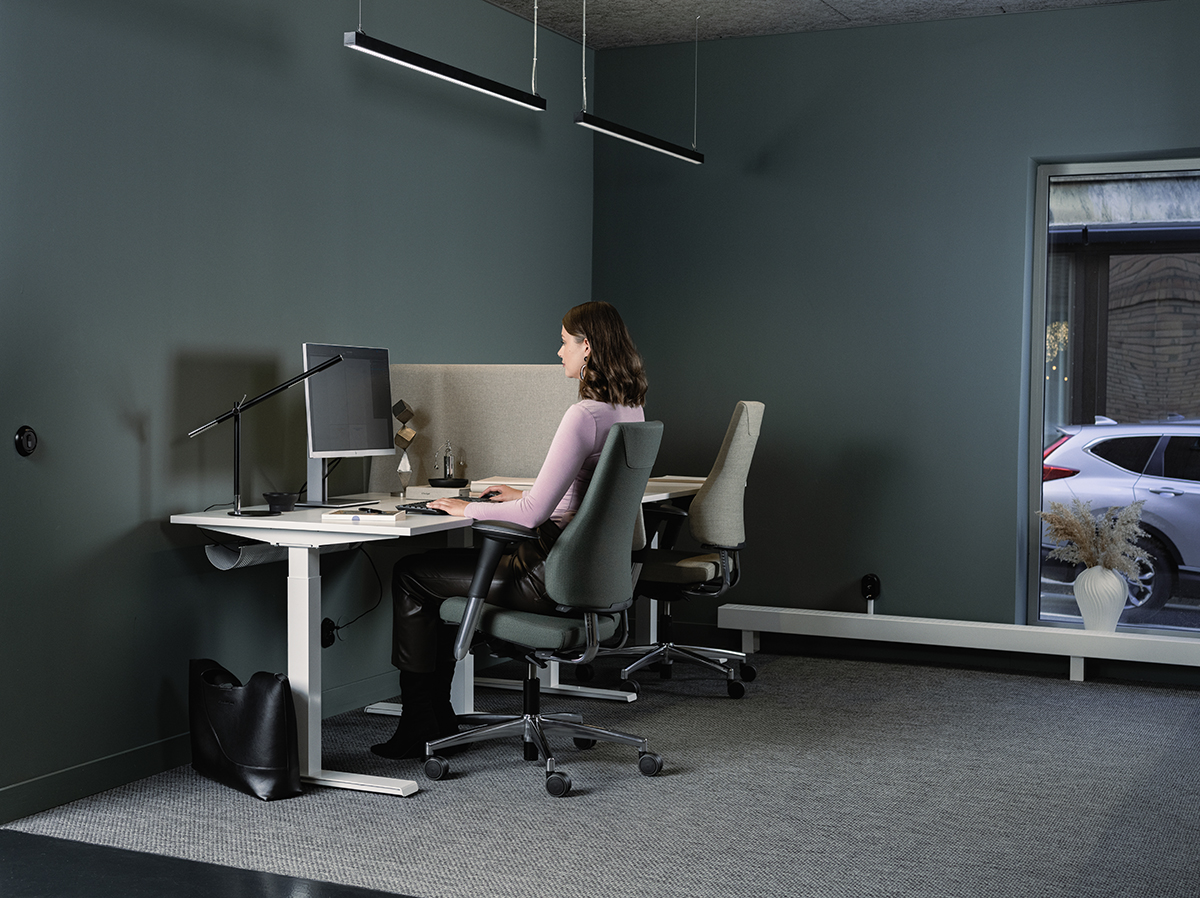
Creating better workplace experiences for focused work
Despite this, businesses will find it hard to remove open-plan workspaces. They are an effective use of space, increase communication and networking between staff, and help to create a relaxed atmosphere. Instead, with at least some part of the workforce working remotely, these spaces may become more flexible, with workers more likely assigned to team zones as opposed to individual desks.
Additional focus workspaces provide the opportunity for increased concentration. Booths or pods are a practical and effective design choice, providing excellent sound insulation. Combined with high-quality furniture they are comfortable and productive spaces. They can also double up as phone/video call spaces to reduce noise in open-plan spaces.
Acoustic solutions also have a big role to play in creating more intimate and sound-sensitive workspaces. A combination of noise-dampening panels and screens can go a long way to reduce noise pollution, whilst also offering flexibility in creating temporary workspaces if they are portable.
Larger organisations may take the opportunity to develop library-like workspaces, combining desk workstations and more casual seating in a strictly enforced quiet zone. Project rooms kitted out with a couple of workstations and perhaps a meeting space, allow small teams to share an intimate space to carry out all types of tasks, with limited scope for interruptions, which allows to switch from collaboration and focus tasks effectively.
There is a range of opportunities available for businesses of all sizes to meet the changing needs of their employees when it comes to focusing on individual tasks. There is no right answer, rather organisations should develop design solutions based on the needs of their employees, to help create a healthy, productive environment where people want to work.
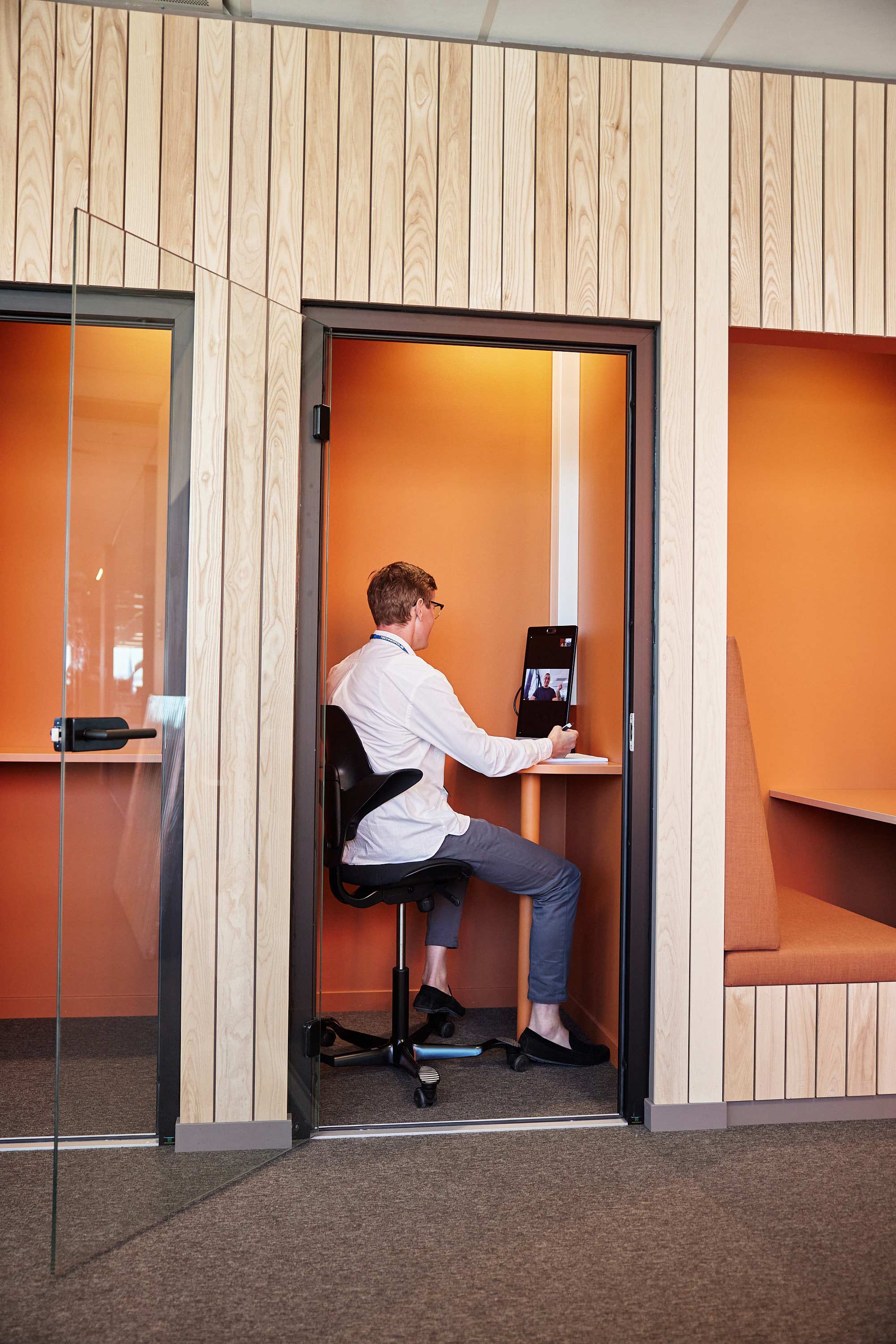
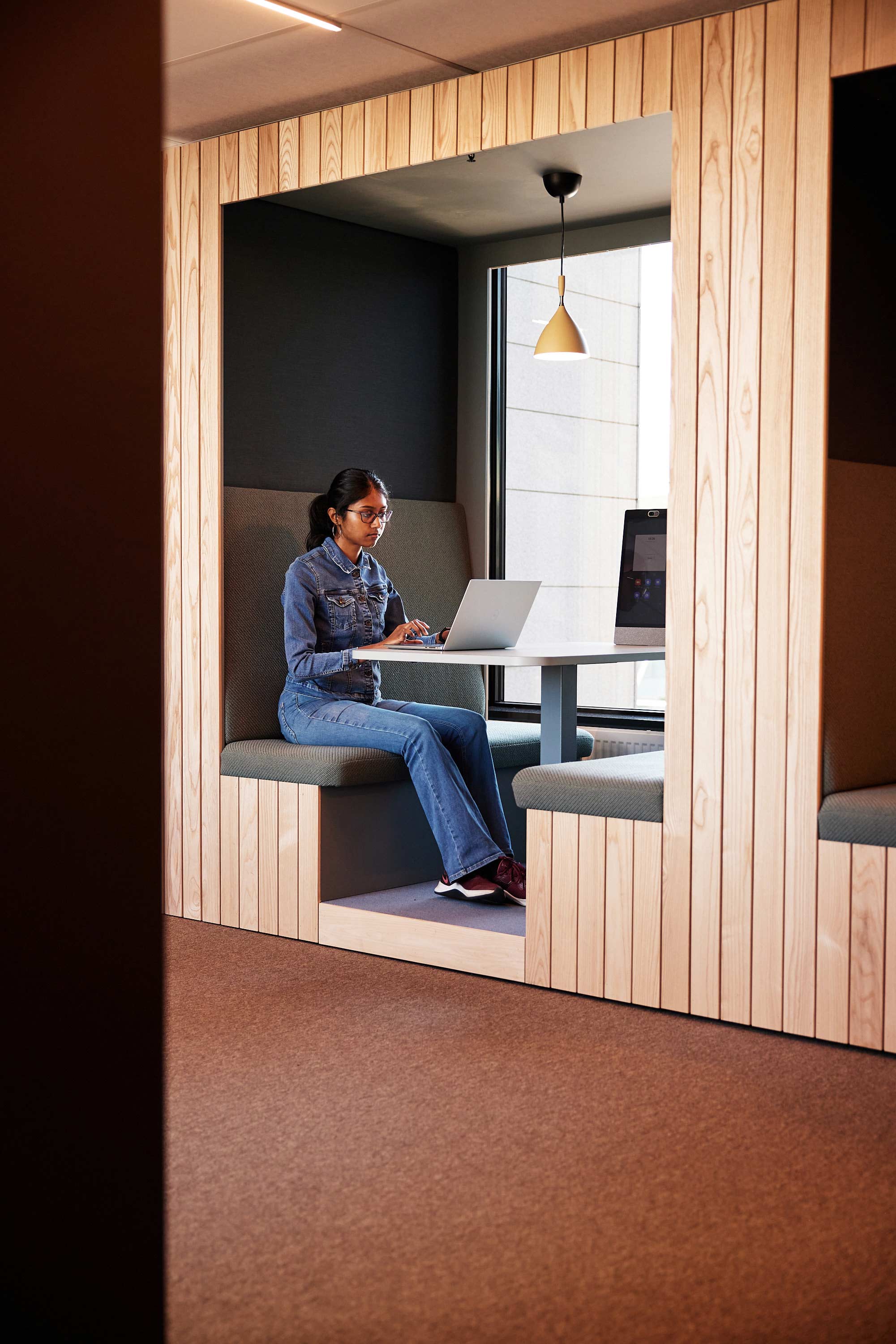

FLOKK - OUR APPROACH TO WORKPLACE DESIGN
Now more than ever, businesses and organisations are evaluating the way their employees want to work, with a more distributed model being adopted on a wider scale, with people working in more and more places outside of the traditional office.
The vision of Flokk is to inspire great work. Through a portfolio of carefully crafted brands, we offer a large range of products and knowledge for designing both work and public spaces.
This might also interest you
Improving ergonomics at work: practical guidance for companies
Ergonomist Rebecka Ullholm shares what most companies get wrong about...
How the Axia chair was designed: The science and Dutch innovation behind an ergonomic classic
Discover the origins of the Axia chair, developed by BMA Ergonomics in the...
What are biomechanics and why do they matter in office seating?
The term biomechanics often gets thrown around in workplace design, but...